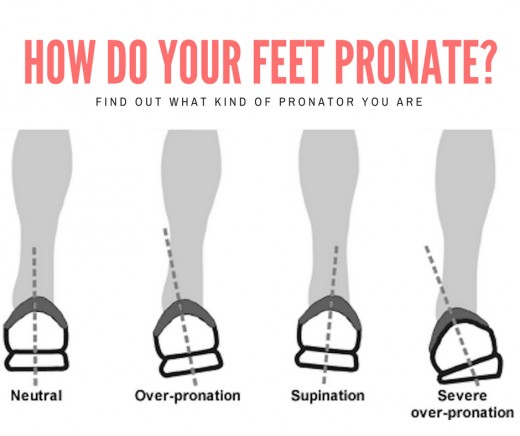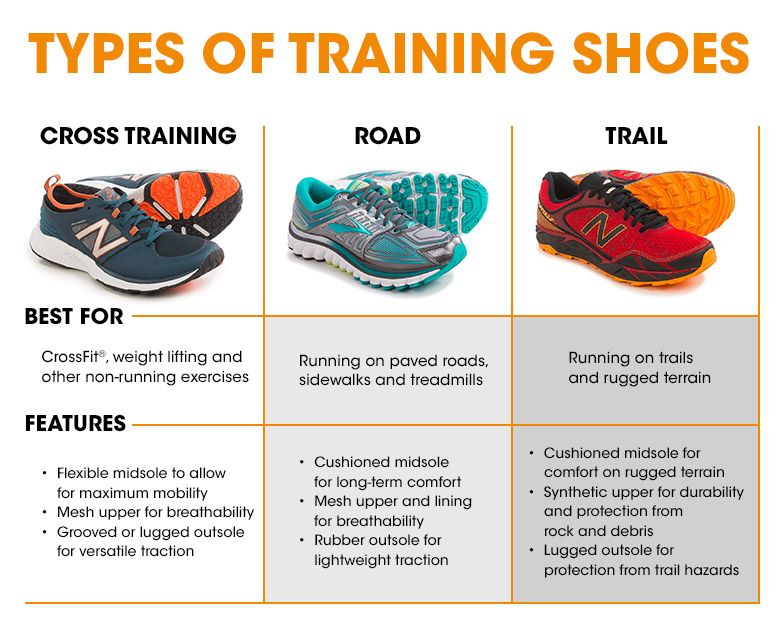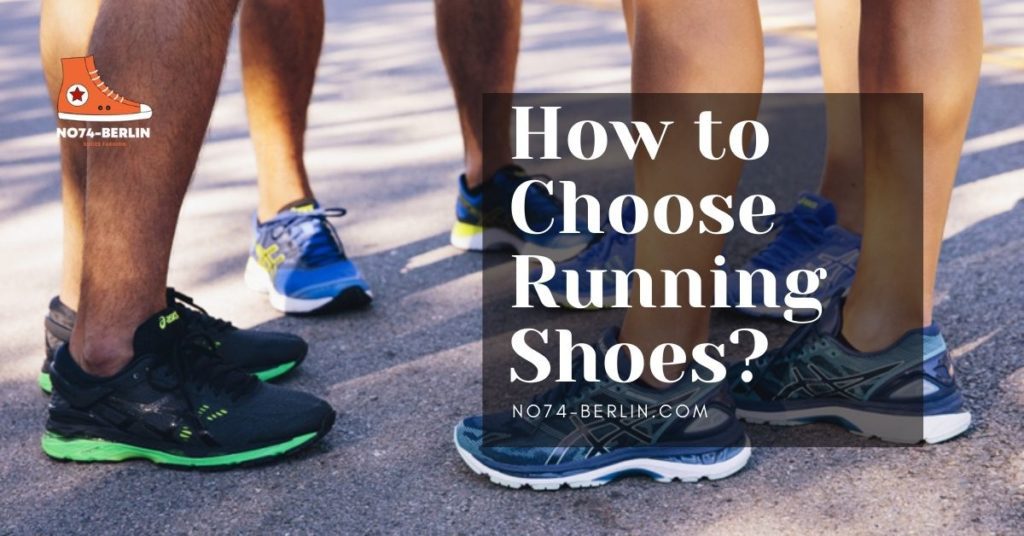Understanding the Importance of Proper Running Shoes
Selecting the right running shoes is crucial for ensuring comfort, preventing injuries, and enhancing performance during runs. When asking, “how do I choose running shoes?”, it is essential to consider several factors, including your foot type, pronation, running style, and goals. Proper running shoes can help absorb impact, provide stability, and cushion your feet, reducing the risk of common running injuries such as shin splints, plantar fasciitis, and runner’s knee.
Identifying Your Foot Type and Pronation
To choose the right running shoes, understanding your foot type and pronation is essential. Pronation refers to the natural inward rolling motion of the foot during a running stride, which helps absorb shock and distribute forces. There are three primary foot types and pronation categories: neutral pronation, overpronation, and supination (underpronation).
- Neutral pronation: The foot rolls inward slightly, absorbing shock effectively and providing a stable foundation for the body. Runners with neutral pronation typically benefit from stability or cushioning shoes.
- Overpronation: The foot rolls inward excessively, which can lead to increased stress on the lower leg and foot muscles. Runners who overpronate may require motion control or stability shoes to correct their gait and prevent injuries.
- Supination (underpronation): The foot rolls outward, reducing the natural shock absorption process. Runners who supinate often require shoes with extra cushioning to compensate for the lack of pronation and prevent injuries.
Gait analysis, either through a professional fitting or by observing your footprint and running stride, can help you determine your foot type and pronation. This information is invaluable when selecting running shoes that cater to your unique needs and biomechanics.
Considering Running Shoe Categories
Running shoes are categorized based on their design, construction, and intended usage scenarios. Understanding these categories can help you make an informed decision when asking, “how do I choose running shoes?” The primary running shoe categories are stability, motion control, and cushioning shoes:
- Stability shoes: Designed for runners with moderate to mild overpronation, stability shoes offer additional support and cushioning to help control the inward rolling motion of the foot. These shoes typically feature a firm heel counter, denser midsole material, and a medial post to provide support and stability.
- Motion control shoes: Ideal for runners with severe overpronation, motion control shoes offer maximum support and stability. They often have a straight or semi-curved last, a firm heel counter, and a rigid midsole to prevent excessive inward rolling. These shoes are typically heavier and more structured than other categories.
- Cushioning shoes: Designed for runners with neutral pronation or high arches, cushioning shoes focus on providing maximum shock absorption and comfort. They usually have a curved last, a soft midsole, and minimal support features. These shoes are best for runners who need extra cushioning and a more flexible sole.
When considering running shoe categories, assess your foot type, pronation, and running style to determine which category best suits your needs. Remember that individual preferences and biomechanics can vary, so it is essential to try on different models and categories to find the perfect fit and feel for your runs.
Matching Shoes with Your Running Style and Goals
To choose the right running shoes, consider your running style, biomechanics, and performance goals. Different running terrains, intensities, and distances require specific shoe features and characteristics. Here are some factors to consider when aligning running shoe choices with your running style and goals:
- Running terrain: For trail running, select shoes with aggressive tread patterns, reinforced toe boxes, and robust outsoles to protect against rocks, roots, and uneven surfaces. Road running shoes typically have less aggressive tread patterns, lighter weights, and more flexibility for paved surfaces.
- Running intensity and distance: For high-intensity or long-distance runs, prioritize shoes with ample cushioning, support, and durability. For shorter, faster runs or speed work, consider lighter, more flexible shoes that promote a natural running motion and quicker transitions.
- Running style: If you have a midfoot or forefoot strike, opt for shoes with a lower heel-to-toe drop and more flexibility to accommodate your natural stride. For heel strikers, consider shoes with more cushioning in the heel and a moderate heel-to-toe drop to absorb impact and promote proper alignment.
By understanding your running style and goals, you can make more informed decisions when asking, “how do I choose running shoes?” This will ultimately lead to a more enjoyable and safer running experience.
Trying on Running Shoes: Fit and Comfort
Trying on running shoes is a critical step in selecting the right pair for your feet. Proper fit and comfort are essential for preventing injuries, ensuring comfort, and enhancing performance during runs. Here are some tips for assessing fit and comfort when trying on running shoes:
- Check the width: Ensure that the shoe width accommodates your foot without squeezing or slipping. The shoe should provide a snug fit but still allow for some wiggle room for your toes.
- Assess the length: Make sure there is approximately a thumb’s width of space between the end of your longest toe and the front of the shoe. This extra space allows for natural foot swelling during runs and prevents your toes from hitting the front of the shoe.
- Evaluate the heel fit: The heel counter should hold your heel securely in place without slipping or rubbing. A properly fitting heel helps prevent blisters and reduces the risk of injuries.
- Test the arch support: The shoe’s arch support should align with your foot’s natural arch shape. If the arch support is too high or too low, it can lead to discomfort and potential injuries.
- Walk or jog in the shoes: Take a few steps, walk, or jog around the store to assess the shoe’s flexibility, cushioning, and overall comfort. This will help you determine if the shoes are a good match for your running style and biomechanics.
Remember, when trying on running shoes, the goal is to find a balance between a secure fit and adequate comfort. By following these tips, you can make a more informed decision when asking, “how do I choose running shoes?”
Researching and Comparing Running Shoe Models
Researching and comparing running shoe models is an essential part of the process when asking, “how do I choose running shoes?” Utilizing online resources and expert reviews can help you make a more informed decision. Here are some steps to guide you through the research and comparison process:
- Identify potential models: Start by listing potential running shoe models based on your foot type, pronation, running style, and goals. Narrow down your options by focusing on shoes from reputable brands and models with positive user reviews.
- Read expert reviews: Look for running shoe reviews from reputable sources, such as specialized running websites, magazines, or blogs. Expert reviews often provide in-depth analysis, highlighting a shoe’s strengths, weaknesses, and performance in various scenarios.
- Check user reviews: User reviews can offer valuable insights into a shoe’s long-term performance, comfort, and durability. Pay attention to reviews from runners with similar foot types, pronation, and running styles as yours.
- Compare features: Create a table or spreadsheet to compare the features of your top choices, including price, weight, cushioning, support, flexibility, and outsole design. This will help you visualize the differences and similarities between models and make a more informed decision.
- Consider additional resources: Some running websites and apps offer tools to help you compare running shoes based on specific criteria. Utilize these resources to streamline your decision-making process and find the best running shoes for your needs.
By conducting thorough research and comparing running shoe models, you can increase your chances of finding the perfect pair for your running needs. Remember, investing time in research can lead to a more enjoyable and safer running experience.
Budgeting and Shopping for Running Shoes
Budgeting and shopping for running shoes wisely can help you find the right pair without compromising your financial stability. Here are some tips for budgeting and shopping for running shoes, both online and in-store:
- Set a realistic budget: Determine how much you are willing to spend on running shoes, keeping in mind that high-quality shoes often come with a higher price tag. Remember that investing in the right running shoes can prevent injuries and save you money in the long run.
- Prioritize needs over wants: Focus on the features and characteristics that align with your foot type, pronation, running style, and goals. Avoid getting swayed by aesthetics or unnecessary features that do not contribute to your running performance or comfort.
- Shop during sales: Keep an eye out for sales, promotions, or discounts, both online and in-store. Many retailers offer seasonal sales or clearance events, which can help you save money on high-quality running shoes.
- Compare prices: When shopping online, compare prices from different retailers to ensure you are getting the best deal. Be cautious of third-party sellers, as they may not offer the same level of customer service or product guarantees as authorized retailers.
- Consider refurbished or previous models: Refurbished running shoes or previous model years can offer significant savings without sacrificing quality. These options often undergo rigorous inspection and testing to ensure they meet the manufacturer’s quality standards.
By following these budgeting and shopping tips, you can find the right running shoes for your needs while staying within your financial means. Remember, the goal is to invest in a pair of shoes that will keep you comfortable, prevent injuries, and enhance your running performance.
Maintaining and Replacing Running Shoes
Regular maintenance and timely replacement of running shoes are crucial for ensuring comfort, preventing injuries, and maintaining optimal performance. Here are some guidelines for monitoring wear and tear and determining the right time to purchase a new pair of running shoes:
- Monitor mileage: Keep track of the distance you cover in your running shoes. As a general rule, running shoes should be replaced every 300 to 500 miles (480 to 800 kilometers) or every six to eight months, depending on usage frequency and intensity.
- Inspect for visible wear: Regularly inspect your running shoes for signs of wear, such as worn-down treads, creases in the midsole, or frayed upper materials. These signs can indicate that it is time to replace your shoes.
- Assess comfort: If your running shoes no longer provide the same level of comfort and support as when you first purchased them, it may be time for a replacement pair. Discomfort or pain during runs can be a sign that your shoes are worn out or no longer suitable for your foot type and running style.
- Consider outdoor elements: Running shoes exposed to harsh weather conditions, such as rain, snow, or extreme temperatures, may degrade faster than those used exclusively indoors. Be mindful of the impact of outdoor elements on your running shoes and replace them as needed.
- Maintain shoe rotation: Having multiple pairs of running shoes and rotating them during training can help extend their lifespan and ensure that you always have a fresh pair for your runs. This also allows each pair to dry out completely between uses, reducing the risk of bacterial growth and odors.
By following these guidelines, you can maintain your running shoes effectively and replace them at the right time to continue enjoying comfortable, safe, and high-performance runs.









